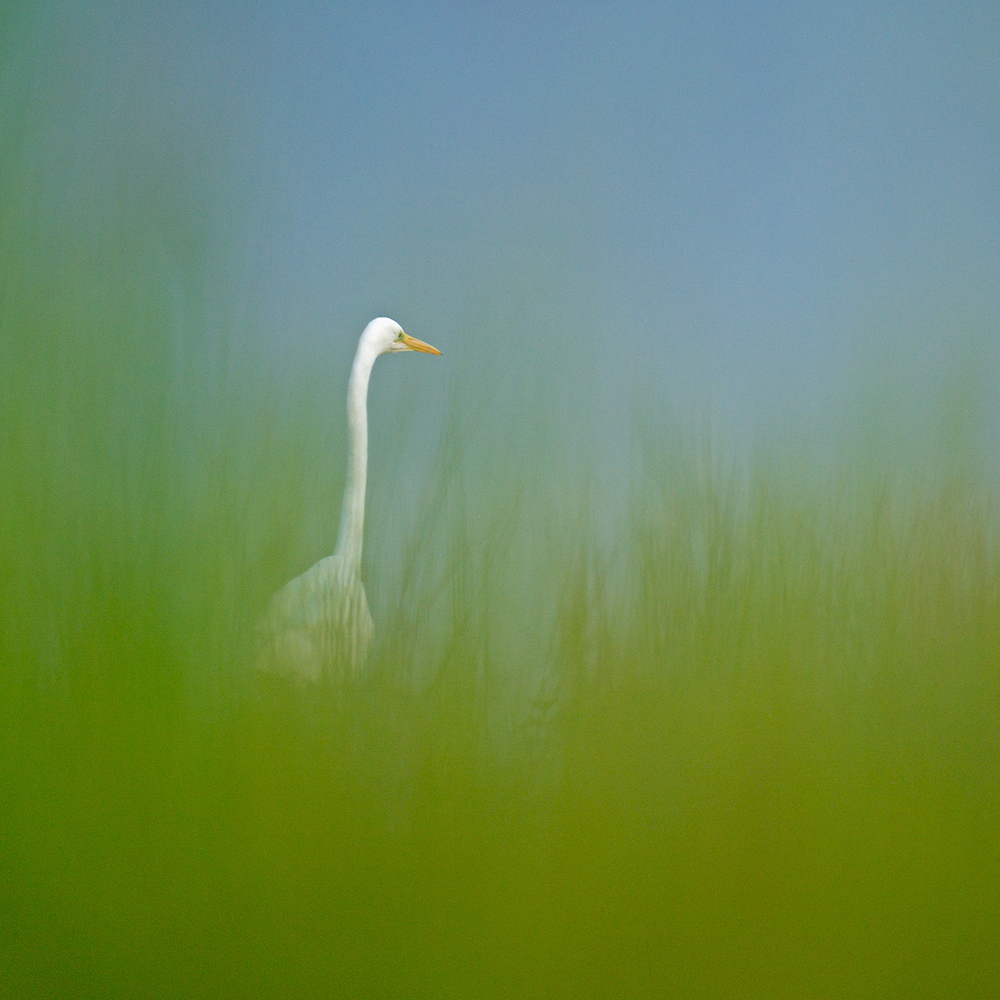Blog
Consejos y trucos parte 1
SKU: Blog 6 Información generalSpring is on its way, a time that many nature photographers eagerly await after the winter period.
Make some sort of plan for yourself, so that you do not lose yourself in an overload of subjects. It is important to know what subject is good to photograph at what time. Thorough preparation and knowledge of your subject is essential.
April is a great month for photographing birds as many species return from their wintering grounds, are in summer plumage and start defending their territory.
A number of mammals are also reappearing.
Try to set up a photo hide well in time, so one or more days before you start photographing. In the dark of the morning, it is difficult to set up a tent and you'll make too much noise. It is even better to leave the tent pitched for more days, but of course that has to be possible and permitted.
In any case, make sure that it is permitted to put up your hide. Good agreements save annoying situations and are often the basis of a long-term cooperation with a terrain owner.
Make use of the surroundings, such as reed, deciduous forest, grass etcetera. Place your tent against, in or under the vegetation so that everything becomes one entity. Camouflage this extra if possible with material from the surroundings, but always with respect and without damaging living plants.
Herons are at their best in early spring, often underestimated but beautifully marked with decorative feathers on their chests and heads.
Songbirds are at their best just before the breeding season, and the advantage in early spring is that deciduous trees are still bare, which changes quickly in the course of April after which photographing this group becomes more difficult in a dark forest.
Badgers and some other mammals have come out of hibernation and are becoming more active at the moment, the young ones are still underground but as soon as they appear, your photo opportunities increase.

Thanks for sharing © Patrick Palmen












